Have You Ever Seen An Eclipse From Space? Check It Out
Have You Ever Seen An Eclipse From Space? Check It Out
On June 21, 2020 an annular solar eclipse passed over parts of Asia and Africa. Eclipses happen when the Moon lines up just right between the Sun and Earth, allowing it to block out part or all of the Sun’s bright face and cast a shadow on Earth.

On that day, the International Space Station was orbiting over Kazakhstan and into China when this picture of the solar eclipse shadowing a portion of the Asian continent was captured by an external high definition camera. In the left foreground, is the H-II Transfer Vehicle-9 from Japan.

Here is another angle as seen from the orbital lab. In the left foreground, is the Progress 74 resupply ship from Russia.
Make sure to follow us on Tumblr for your regular dose of space: http://nasa.tumblr.com
More Posts from Luhuhul and Others

Barbara Bouchet - Casino Royale (1967).

*ೃ༄ true, but I saw her hair like the branch of a tree
⋆·˚ ༘ * willow dancin’ on air before covering me
Humanity did not prove that the sun is, in fact, a star until 1838.
“Lástima que en aquella época no se hubieran descubierto los hoyos negros en el espacio, porque entonces le hubiera sido muy fácil comprender que sentía un hoyo negro en medio del pecho, por donde se le colaba un frío infinito.”
— Laura Esquivel, Como Agua Para Chocolate
Rwwwr
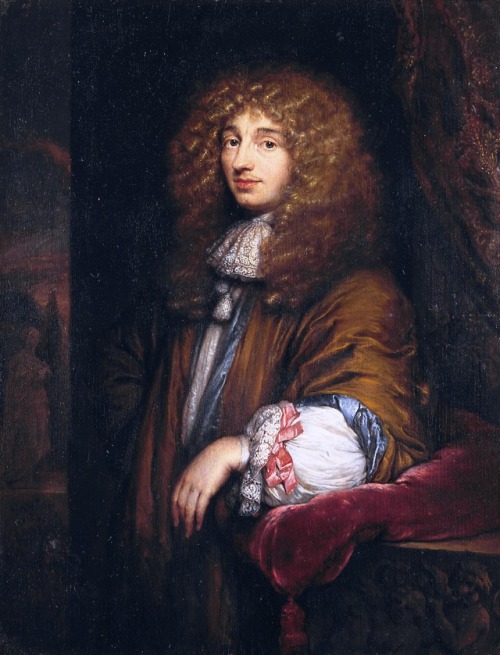
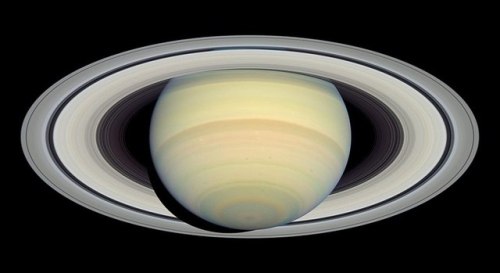
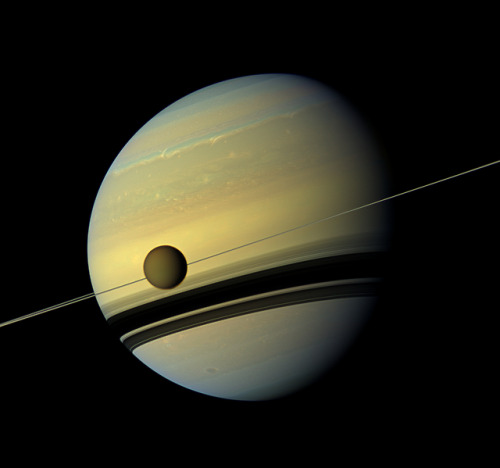
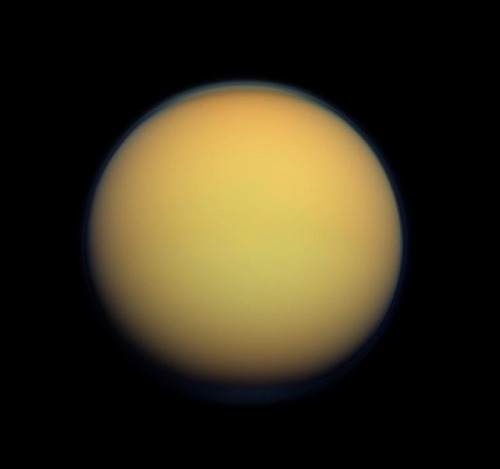
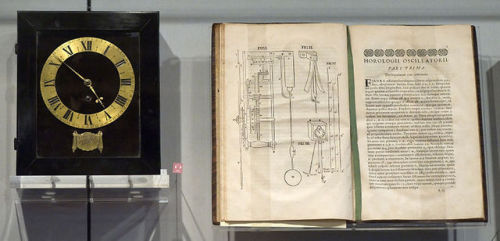
Christiaan Huygens
Christiaan Huygens (14 April 1629 – 8 July 1695) was a Dutch physicist, mathematician, astronomer and inventor, who is widely regarded as one of the greatest scientists of all time and a major figure in the scientific revolution. In physics, Huygens made groundbreaking contributions in optics and mechanics, while as an astronomer he is chiefly known for his studies of the rings of Saturn and the discovery of its moon Titan. As an inventor, he improved the design of the telescope with the invention of the Huygenian eyepiece. His most famous invention, however, was the invention of the pendulum clock in 1656, which was a breakthrough in timekeeping and became the most accurate timekeeper for almost 300 years. Because he was the first to use mathematical formulae to describe the laws of physics, Huygens has been called the first theoretical physicist and the founder of mathematical physics.
In 1659, Huygens was the first to derive the now standard formula for the centripetal force in his work De vi centrifuga. The formula played a central role in classical mechanics and became known as the second of Newton’s laws of motion. Huygens was also the first to formulate the correct laws of elastic collision in his work De motu corporum ex percussione, but his findings were not published until after his death in 1703. In the field of optics, he is best known for his wave theory of light, which he proposed in 1678 and described in 1690 in his Treatise on Light, which is regarded as the first mathematical theory of light. His theory was initially rejected in favor of Isaac Newton’s corpuscular theory of light, until Augustin-Jean Fresnel adopted Huygens’ principle in 1818 and showed that it could explain the rectilinear propagation and diffraction effects of light. Today this principle is known as the Huygens–Fresnel principle. read more
Image credit: NASA/JPL, Commons.wikimedia

Iggy, DB and Coco in Japan, 1977.










Asteroid City (2023) - Part II






i think it's nice that we share the same sky ✰ aftersun (2022) dir. by charlotte wells

— Benjamin Alire Sáenz, from Aristotle And Dante Discover the Secrets of the Universe (via lunamonchtuna)

-
 awk-1 liked this · 1 year ago
awk-1 liked this · 1 year ago -
 lapetitemortgraveyard liked this · 1 year ago
lapetitemortgraveyard liked this · 1 year ago -
 stuzzi liked this · 1 year ago
stuzzi liked this · 1 year ago -
 ctzenb-u liked this · 1 year ago
ctzenb-u liked this · 1 year ago -
 shortwings liked this · 2 years ago
shortwings liked this · 2 years ago -
 the-creature-verse liked this · 2 years ago
the-creature-verse liked this · 2 years ago -
 different-roads liked this · 4 years ago
different-roads liked this · 4 years ago -
 scifisub liked this · 4 years ago
scifisub liked this · 4 years ago -
 odlanorodlanor liked this · 4 years ago
odlanorodlanor liked this · 4 years ago -
 pegasister60 liked this · 4 years ago
pegasister60 liked this · 4 years ago -
 geoboy-world liked this · 4 years ago
geoboy-world liked this · 4 years ago -
 froztox23 liked this · 4 years ago
froztox23 liked this · 4 years ago -
 whatareyoureallyafraidof reblogged this · 4 years ago
whatareyoureallyafraidof reblogged this · 4 years ago -
 the-world-and-space reblogged this · 4 years ago
the-world-and-space reblogged this · 4 years ago -
 broadviewavenue liked this · 4 years ago
broadviewavenue liked this · 4 years ago -
 5ey liked this · 4 years ago
5ey liked this · 4 years ago -
 shailendra65631 reblogged this · 4 years ago
shailendra65631 reblogged this · 4 years ago -
 shailendra65631 liked this · 4 years ago
shailendra65631 liked this · 4 years ago -
 naturaleccentricity liked this · 4 years ago
naturaleccentricity liked this · 4 years ago -
 maryambutt reblogged this · 4 years ago
maryambutt reblogged this · 4 years ago -
 maryambutt liked this · 4 years ago
maryambutt liked this · 4 years ago -
 strangesuhi liked this · 4 years ago
strangesuhi liked this · 4 years ago -
 petite-lunas liked this · 4 years ago
petite-lunas liked this · 4 years ago -
 void-tiger reblogged this · 4 years ago
void-tiger reblogged this · 4 years ago -
 void-tiger liked this · 4 years ago
void-tiger liked this · 4 years ago -
 placesm83 reblogged this · 4 years ago
placesm83 reblogged this · 4 years ago -
 moonpixxel liked this · 4 years ago
moonpixxel liked this · 4 years ago -
 shyclaws liked this · 4 years ago
shyclaws liked this · 4 years ago -
 arius-starwalker-1412 reblogged this · 4 years ago
arius-starwalker-1412 reblogged this · 4 years ago -
 arius-starwalker-1412 liked this · 4 years ago
arius-starwalker-1412 liked this · 4 years ago -
 ap93099782 liked this · 4 years ago
ap93099782 liked this · 4 years ago -
 kenarcadiaking liked this · 4 years ago
kenarcadiaking liked this · 4 years ago -
 arthur--melbin liked this · 4 years ago
arthur--melbin liked this · 4 years ago -
 thetrueroadkill liked this · 4 years ago
thetrueroadkill liked this · 4 years ago -
 nyanzen liked this · 4 years ago
nyanzen liked this · 4 years ago -
 aconfusedwriter liked this · 4 years ago
aconfusedwriter liked this · 4 years ago -
 tictactoetingles liked this · 4 years ago
tictactoetingles liked this · 4 years ago -
 dykem77 liked this · 4 years ago
dykem77 liked this · 4 years ago -
 starborn42 liked this · 4 years ago
starborn42 liked this · 4 years ago -
 rennku liked this · 4 years ago
rennku liked this · 4 years ago -
 black--eyebags liked this · 4 years ago
black--eyebags liked this · 4 years ago -
 marcell017 liked this · 4 years ago
marcell017 liked this · 4 years ago -
 kawaiitrashpile reblogged this · 4 years ago
kawaiitrashpile reblogged this · 4 years ago -
 kawaiitrashpile liked this · 4 years ago
kawaiitrashpile liked this · 4 years ago -
 grandtheoristpeach liked this · 4 years ago
grandtheoristpeach liked this · 4 years ago
